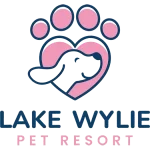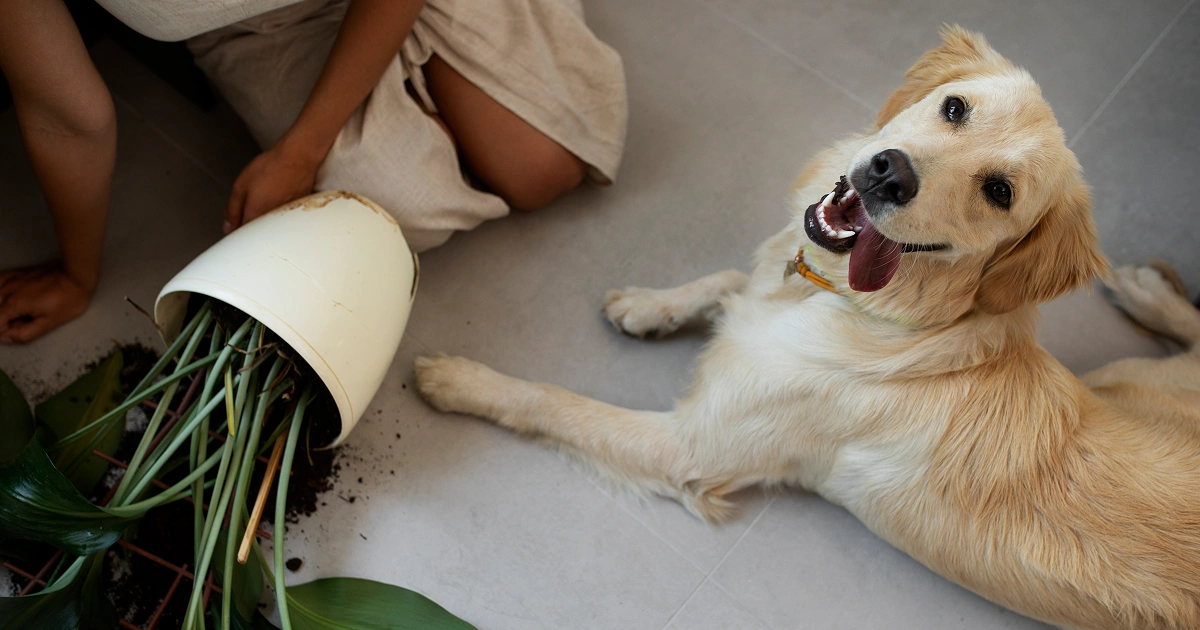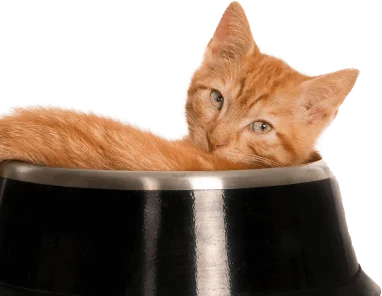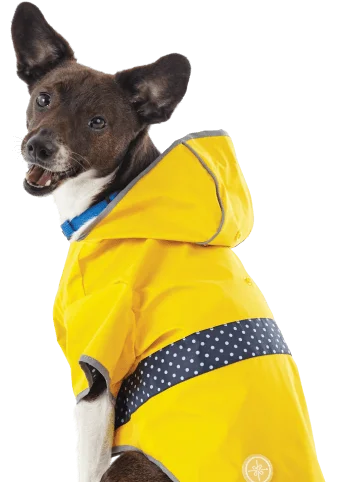
Part of being a responsible pet parent is being proactive about protecting your dog or cat from substances that could be dangerous to their health. Just as you child-proof your home for young kids, it’s important to do the same for your pets. While accidents do happen, you can keep your pet safer by recognizing potential dangers around your home.
Food Risks
Dogs can be quick to grab something off of the table, lick it up from the floor, or take it from someone’s hand. There are plenty of foods that are safe for your dog, but many that are not. If you’re cooking in the kitchen, be sure to take a minute to pick up any pieces of food you may have dropped, or wipe up any spills. Keep food sealed up and out of the reach of curious pets. If you keep gum in your purse, backpack, or work bag, make sure your dog can’t get it. Here are just a few foods to be cautious about:
- Anything with xylitol (usually found in sugar-free gum and some peanut butters)
- Chocolate
- Onion
- Garlic
- Macadamia nuts
- Grapes
- Raisins
- Avocado
- Pits from fruits (cherries, peaches, apricots, apple seeds)
Encourage your family and friends not to feed your dog table scraps so you can reduce their risk of eating something they shouldn’t. Plus, it’s better for them to stick to dog food with the occasional dog treat or fresh produce such as carrots or broccoli.
Chemical Risks
The products you use to clean your home can be dangerous to your pet. If you have a cleaning solution in a bucket, make sure you don’t leave it unattended. It takes a fraction of a second for your dog or cat to lap up a mouthful. Keep them out of areas you have just cleaned as well, because if they walk across a wet floor or countertop, they might turn around and lick their paws which could cause them to ingest chemicals.
Never leave medications out where your pet can reach them either. Over-the-counter medications like ibuprofen, aspirin, acetaminophen, or Motrin can be dangerous, as well as any prescription drugs. Only give your pet medications specifically prescribed by your veterinarian. Dosages for humans are not necessarily safe for dogs or cats.
Plant Risks
Plants can be a beautiful addition to your home and make it feel more warm and inviting. But certain plants can be toxic to animals. Do your research before you buy plants for your home or yard, and check on plants that are gifted to you as well to ensure they’re safe to keep. Sometimes the toxicity depends on what part of the plant your pet might eat, but it’s better to be safe. Pay attention when outdoors to make sure your dog isn’t nibbling on leaves or eating flowers from the ground.
- Aloe
- Amaryllis
- Azalea
- Chrysanthemum
- Daffodils
- Hydrangea
- Kalanchoe
- Lilies
- Poinsettia
- Rhododendron
- Sago Palm
- Yew bush
Stay Safe
Do regular sweeps of your home to check for any potentially dangerous substances or products. Make it a point to clean up after yourself and put things away as soon as you’re done to reduce risk and temptation for your pet. If you’re headed out of town, don’t leave your pet at home alone where they could get into trouble. Take them to a reputable boarding facility like Lake Wylie Pet Resort where you know they’ll be safe, have fun, and be well taken care of. Contact us today to book your pet’s next stay.




